By mixing sugar and magnetic particles, researchers create biodegradable “CANDYBOTS” with potential applications in drug delivery and ingestible devices.
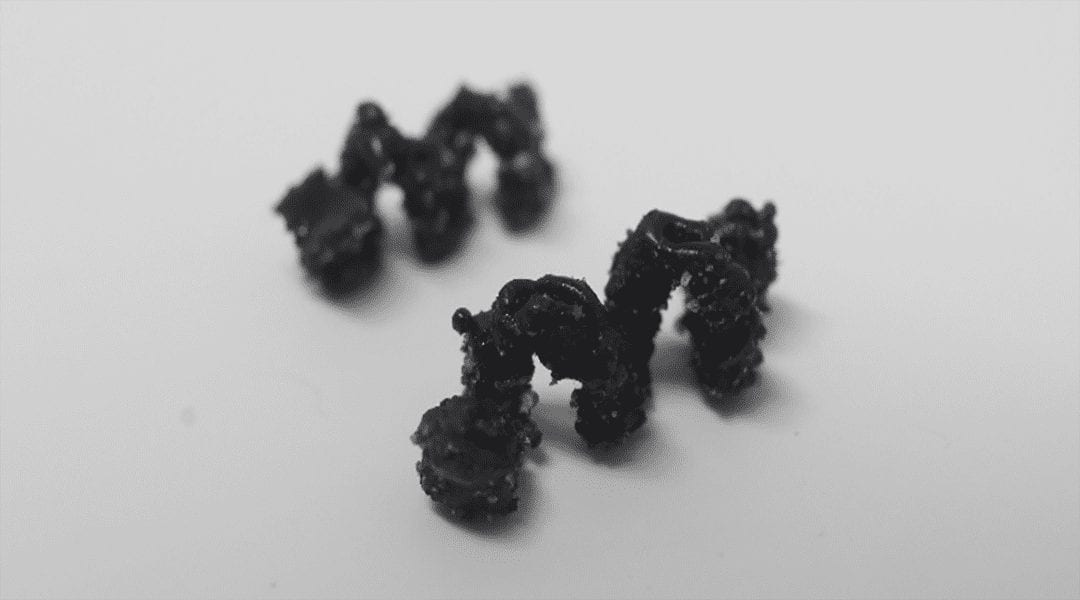

By mixing sugar and magnetic particles, researchers create biodegradable “CANDYBOTS” with potential applications in drug delivery and ingestible devices.

Researchers in Australia take inspiration from nature to create a soft-robotic gripper that moves away from the conventional hand-like design.

Scientists develop a simple method that mimics plant motion to get paper to fold itself after printing.

An active polymer skin that can be be reshaped on-demand takes existing technologies and adapts their functionalities to the needs of a changing environment.
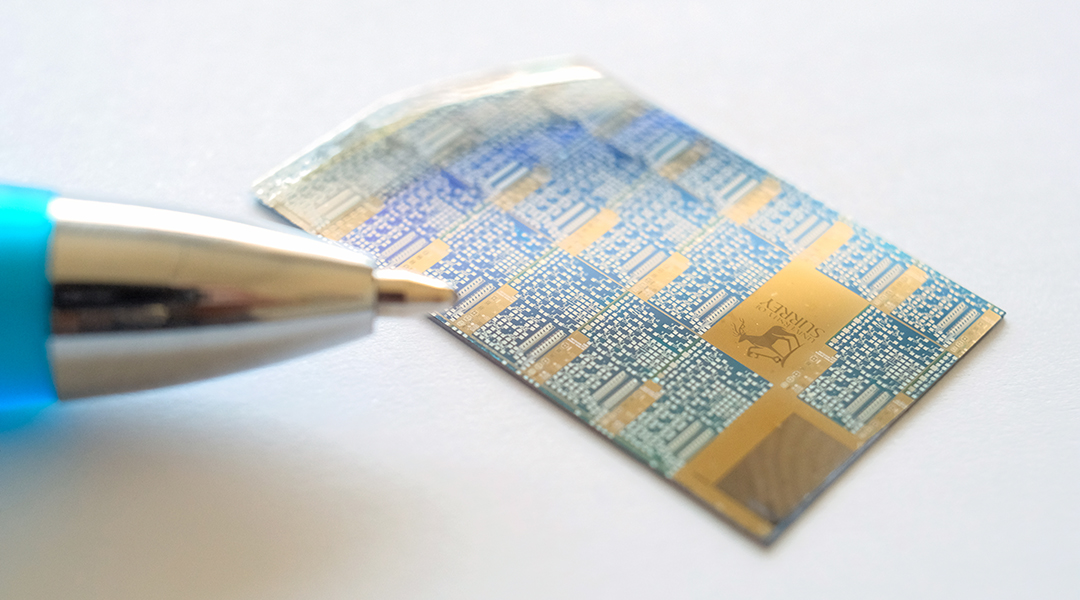
Multimodal thin-film transistors, or MMTs, could be pivotal in designing the next-generation of wearables and eco-disposable sensors.
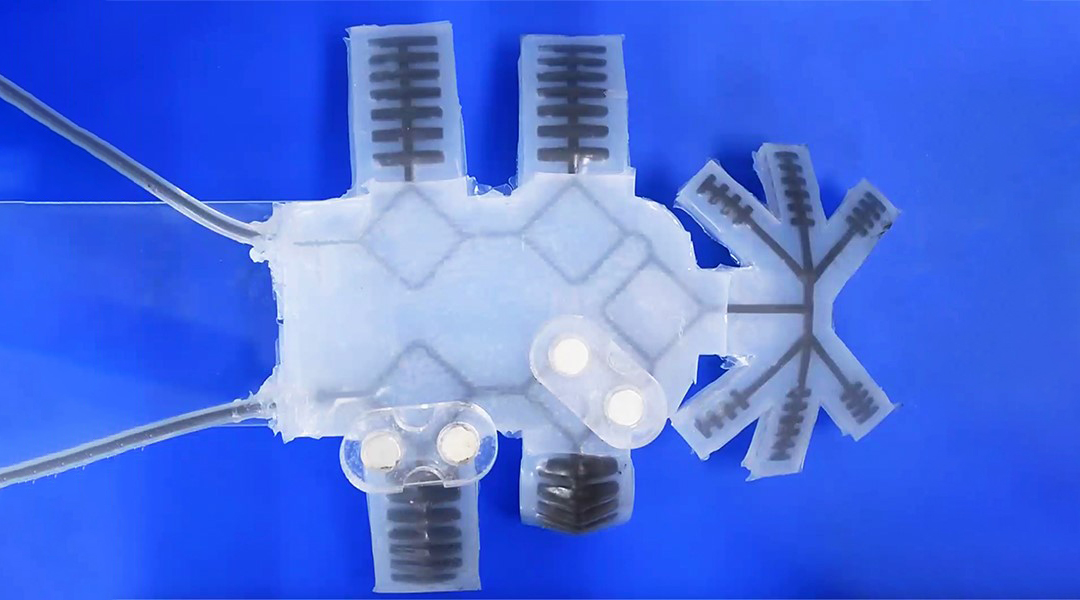
A new strategy allows researchers control robotic movement using fluids, creating flexible, untethered systems with promising applications.

Researchers create new soft electrostatic zipping actuators manufactured through an integrated printing process for next generation soft robotics.
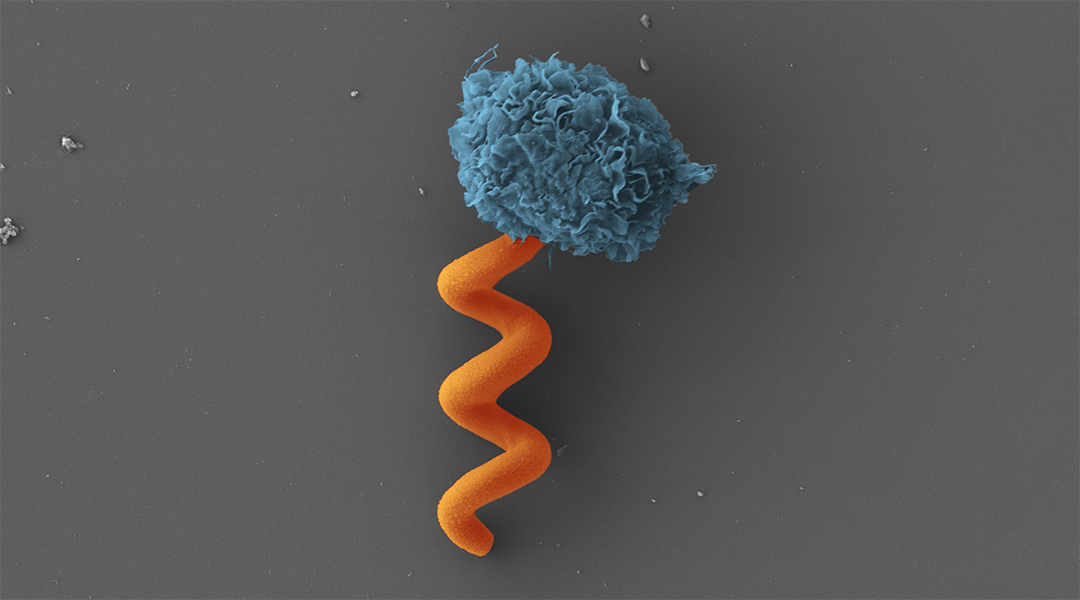
Zwitterionic polymers allow researchers to fabricate drug-carrying microrobots that can operate covertly under the immune system’s radar.
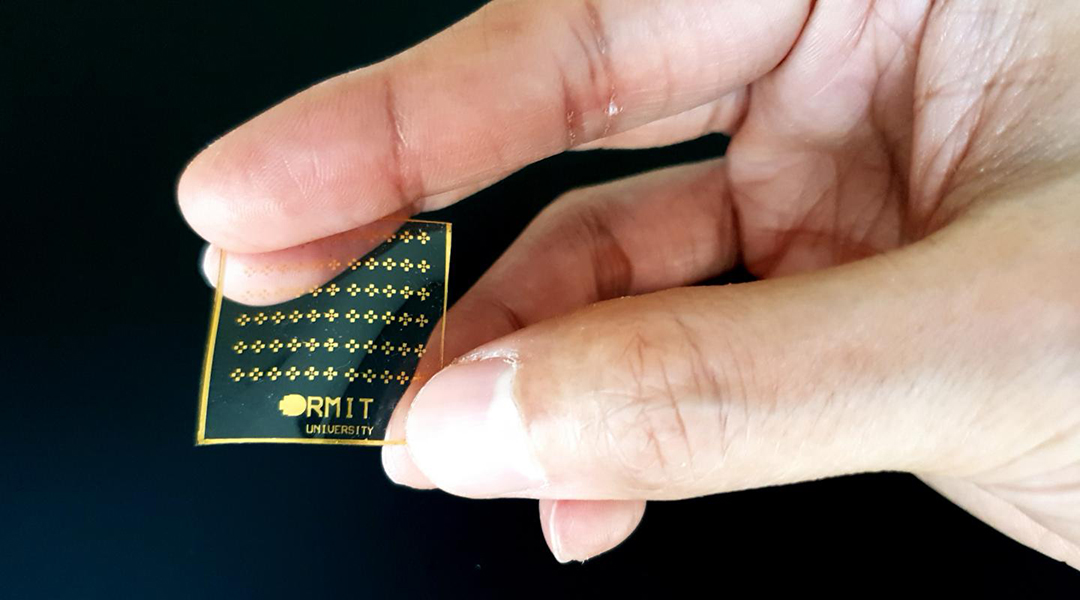
Prototype device electronically replicates the way human skin senses pain.

A new machine vision system can adapt to its surroundings and paves the way for in-situ neuromorphic recognition tasks.